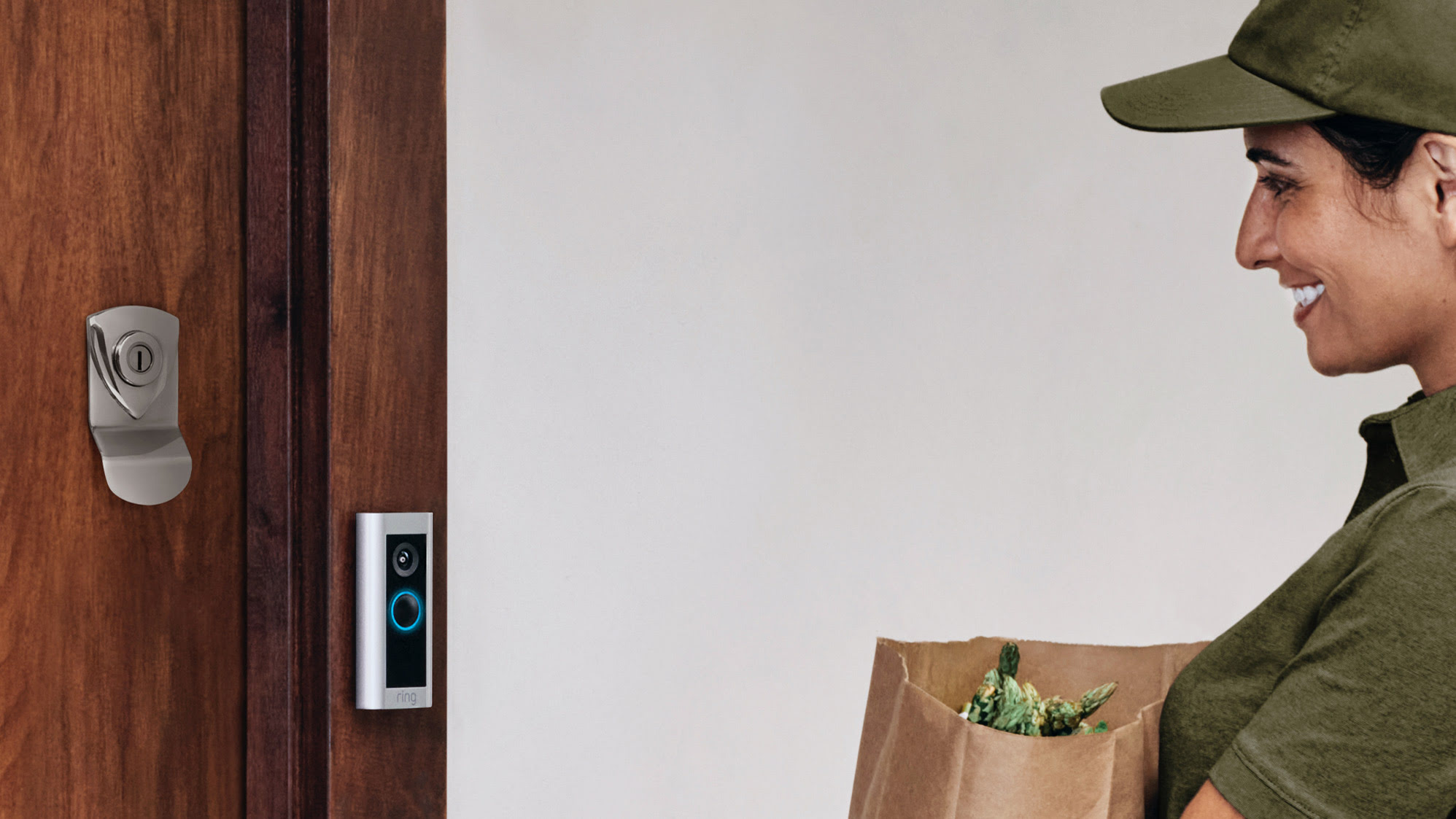

Articles
How Does The Ring Doorbell Work
Modified: March 1, 2024
Discover how the Ring Doorbell works with our informative articles. Explore features, installation, and troubleshooting tips for seamless home security.
(Many of the links in this article redirect to a specific reviewed product. Your purchase of these products through affiliate links helps to generate commission for Storables.com, at no extra cost. Learn more)
Introduction
The Ring Doorbell has revolutionized home security by providing homeowners with a comprehensive solution for monitoring their front doors. With its advanced technology and user-friendly features, the Ring Doorbell offers a convenient and efficient way to enhance the security of any property. In this article, we will delve into how the Ring Doorbell works, exploring its components, functionalities, and installation process.
With the increasing number of package thefts and burglaries, homeowners are seeking ways to keep their properties safe. Traditional doorbell systems may offer some level of security, but they often lack the advanced features required to deter potential intruders and monitor suspicious activities. The Ring Doorbell fills this gap by combining a doorbell, camera, motion sensor, and two-way audio communication into a single device.
By installing the Ring Doorbell, homeowners can keep a close eye on their front doors from anywhere in the world. Whether they are at work, running errands, or on vacation, they can monitor deliveries, interact with visitors, and receive real-time alerts about any unusual activity. Let’s explore in more detail the components that make the Ring Doorbell such an effective home security solution.
Key Takeaways:
- The Ring Doorbell offers a comprehensive home security solution, combining advanced technology, convenience, and peace of mind. With features like live video streaming, two-way audio communication, and customizable settings, homeowners can monitor their front doors from anywhere, enhancing security and control.
- The Ring Doorbell prioritizes security and privacy, implementing end-to-end encryption, two-factor authentication, and user-controlled privacy settings. Its user-friendly installation process, troubleshooting tips, and maintenance guidelines ensure smooth operation and reliable home security.
Read more: How Does Ring Doorbell Camera Work
Overview of Ring Doorbell
The Ring Doorbell is a smart home security device that combines a doorbell, camera, motion sensor, and two-way audio communication system. It allows homeowners to remotely monitor their front doors and interact with visitors through their smartphones or other connected devices. The device is sleek and compact, designed to be easily installed on any type of door or wall.
One of the key advantages of the Ring Doorbell is its ability to provide homeowners with a live video feed of their front door. This enables them to see who is at their door before answering, enhancing their safety and allowing them to make informed decisions about whether to open the door or not. The camera on the Ring Doorbell has a wide-angle lens, ensuring a clear view of the entire area.
The motion sensor feature of the Ring Doorbell is another important element of its functionality. It detects any movement near the device and sends instant alerts to the homeowner’s smartphone. This is particularly useful for monitoring package deliveries or detecting any suspicious activity around the front door. The motion detection settings can be customized to suit individual preferences and avoid false alarms.
In addition to video monitoring, the Ring Doorbell also includes a two-way audio communication system. This enables homeowners to speak directly to visitors at their front door, even when they are not at home. Whether it’s giving instructions to a delivery person or speaking with a friend or family member, the two-way audio feature adds an extra layer of convenience and security.
The Ring Doorbell is powered by a built-in rechargeable battery, ensuring uninterrupted functionality. It can also be hardwired to an existing doorbell system for continuous power supply. The device connects to the homeowner’s Wi-Fi network, allowing for seamless video streaming and communication through the Ring app on their smartphones or tablets.
The Ring app serves as the central hub for controlling and managing the Ring Doorbell. It provides a user-friendly interface where homeowners can access live video feeds, review recorded footage, customize settings, receive alerts, and communicate with visitors. The app also offers the option to store recorded videos in the cloud for easy access and playback at any time.
Overall, the Ring Doorbell offers a comprehensive and convenient way to enhance the security of any property. With its advanced features, easy installation, and user-friendly interface, it has become a popular choice for homeowners looking to protect their homes and have peace of mind.
Components of Ring Doorbell
The Ring Doorbell consists of several key components that work together to provide effective home security and convenience. Understanding these components is essential for optimizing the performance of the device.
1. Doorbell Button: The doorbell button is the primary point of interaction for visitors. When pressed, it triggers a notification on the homeowner’s mobile device, alerting them of someone at the door.
2. Camera: The camera is the core component of the Ring Doorbell. It captures high-definition video footage of the area in front of the door and transmits it to the homeowner’s device. The camera typically has a wide-angle lens to provide a wide field of view.
3. Motion Sensor: The motion sensor detects movement in the vicinity of the doorbell. When activated, it sends an alert to the homeowner’s device, allowing them to monitor any activity and respond accordingly. The sensitivity of the motion sensor can be adjusted to avoid false alarms.
4. Microphone and Speaker: The built-in microphone and speaker enable two-way audio communication between the homeowner and visitor. This feature allows for real-time conversations, even when the homeowner is not physically present at home.
5. LED Lights: The Ring Doorbell is equipped with LED lights that serve multiple purposes. They provide illumination for clear video capture during low-light conditions and also function as status indicators, conveying information such as device connected status or battery level.
6. Rechargeable Battery: The Ring Doorbell is powered by a built-in rechargeable battery, eliminating the need for constant battery replacement. The battery provides sufficient power to keep the device running for an extended period, ensuring uninterrupted functionality.
7. Wi-Fi Connectivity: The Ring Doorbell connects to the homeowner’s Wi-Fi network, enabling seamless communication between the device and the Ring app on their mobile device. This connection allows for real-time video streaming and remote access to the device’s features.
8. Ring App: The Ring app serves as the central control hub for managing and configuring the Ring Doorbell. It allows homeowners to view live video feeds, access recorded footage, customize settings, and receive notifications and alerts.
By understanding the components of the Ring Doorbell, homeowners can optimize the device’s performance and maximize its security and convenience features. It’s important to ensure proper installation and configuration to fully utilize the capabilities of this innovative home security solution.
Camera and Motion Detection
The camera and motion detection capabilities of the Ring Doorbell play a key role in providing effective home security and monitoring. Let’s take a closer look at how these components work together to enhance the overall functionality of the device.
The camera on the Ring Doorbell captures high-definition video footage of the area in front of the door. It is equipped with a wide-angle lens, ensuring a broad field of view to capture the entire entryway. This allows homeowners to see who is at their door before answering, providing a level of security and convenience.
Whether it’s a delivery person, a friend, or a potential intruder, the camera records every activity that takes place within its field of view. This video footage can be accessed through the Ring app, allowing homeowners to review events and incidents that occurred at their front door.
In addition to the camera, the Ring Doorbell features a motion detection sensor. When motion is detected within a certain range of the device, it triggers an alert and notifies the homeowner through the Ring app. This feature is particularly beneficial for monitoring package deliveries, detecting suspicious activity, or being aware of any unwanted visitors.
The motion detection settings of the Ring Doorbell can be customized to meet individual preferences and avoid false alarms. Homeowners can adjust the sensitivity of the motion sensor, specifying the distance at which it detects motion. This ensures that only significant movements, such as a person approaching the door or a vehicle entering the driveway, trigger alerts.
Furthermore, the Ring Doorbell allows users to set motion zones, defining specific areas in the camera’s field of view where motion detection is enabled. This is particularly useful in situations where there may be constant movement, such as nearby roads or trees, which could trigger unnecessary alerts. By customizing motion zones, homeowners can focus on the areas that matter most, providing more accurate and relevant motion detection.
The combination of the camera and motion detection features of the Ring Doorbell provides homeowners with a comprehensive monitoring solution. It allows them to have a real-time view of activities at their front door, receive instant alerts about any movement, and review recorded footage when needed.
With the camera and motion detection working seamlessly together, the Ring Doorbell ensures that homeowners have complete visibility and control, enhancing the overall security and peace of mind for their homes.
Video Streaming and Recording
The video streaming and recording capabilities of the Ring Doorbell are essential for providing homeowners with real-time access to live video feeds and the ability to review recorded footage. This feature plays a crucial role in enhancing home security and monitoring. Let’s explore how video streaming and recording work on the Ring Doorbell.
When an event occurs, such as someone ringing the doorbell or motion being detected, the Ring Doorbell instantly starts streaming live video to the homeowner’s mobile device through the Ring app. This allows homeowners to see and respond to what is happening at their front door in real-time, no matter where they are.
The live video feed provides a clear and detailed view of the area in front of the door, thanks to the high-definition camera on the Ring Doorbell. Homeowners can see who is at their door, whether it’s a visitor, a delivery person, or even a potential intruder.
In addition to the live video streaming, the Ring Doorbell also offers the capability to record video footage. When an event is triggered, such as someone pressing the doorbell button or motion being detected, the Ring Doorbell automatically starts recording a video clip, capturing the activity that took place.
These recorded video clips are stored in the Ring app, allowing homeowners to access and review them at any time. This is particularly useful for identifying any suspicious or unusual activities, monitoring the arrival of packages, or reviewing past events that occurred at the front door.
The Ring Doorbell offers various options for storing recorded video footage. By subscribing to a Ring Protect Plan, homeowners can take advantage of cloud storage for their video recordings. The Ring Protect Plan allows for the storage of recorded videos for a specific period, typically ranging from 30 days to 60 days, depending on the plan chosen.
With cloud storage, homeowners can easily retrieve and download video clips from the Ring app, providing reliable access to important footage whenever needed. This ensures that no crucial event is missed and that there is a record of all activities at the front door.
The combination of live video streaming and recorded video storage on the Ring Doorbell equips homeowners with the ability to monitor their front door in real-time and have access to recorded footage as necessary. With these features, homeowners can maintain a high level of security, convenience, and peace of mind.
Two-Way Audio Communication
The two-way audio communication feature of the Ring Doorbell is a powerful tool that allows homeowners to interact with visitors at their front door, providing an additional layer of convenience and security. Let’s explore how this feature works and the benefits it offers.
With two-way audio communication, homeowners can have real-time conversations with visitors at their front door, even if they are not physically present at home. This feature utilizes the microphone and speaker built into the Ring Doorbell to transmit and receive audio.
When a visitor presses the doorbell button or motion is detected, the homeowner receives an instant notification on their mobile device through the Ring app. By opening the app, they can establish a live audio connection with the person at the door.
This feature is particularly handy for a variety of scenarios. Homeowners can speak to delivery drivers to provide instructions on where to leave packages, ensuring they are safely delivered. They can also communicate with friends or family members who are visiting, even if they are unable to physically open the door.
Furthermore, the two-way audio communication becomes an effective deterrent for potential intruders or suspicious individuals. By engaging in a conversation, homeowners can give the impression that they are present and actively monitoring their front door, discouraging any unwanted activities.
The Ring app offers easy-to-use controls for managing the two-way audio function. Homeowners can simply tap the microphone icon on their device’s screen to activate the built-in microphone and speak audibly to the visitor. Similarly, they can listen to the visitor’s response by enabling the speaker function on their device.
In addition to the real-time audio communication, the Ring Doorbell also provides the option to record audio during video recordings. This means that homeowners can access both video and audio evidence of any conversations or interactions that occur at their front door.
The two-way audio communication feature is not limited to one-on-one interactions. In situations where multiple visitors are present or if the homeowner wants to communicate with someone outside the camera’s field of view, they can opt for the “Group” mode. This allows for broadcast-style communication, making it highly flexible and accessible to different scenarios.
Overall, the two-way audio communication feature of the Ring Doorbell delivers a seamless and convenient way for homeowners to interact with visitors. Whether it’s for everyday conversations with friends and family, coordinating deliveries, or ensuring security, this feature offers a versatile solution for enhanced home monitoring and communication.
When someone presses the doorbell or motion is detected, the Ring Doorbell sends a notification to your phone and activates the camera, allowing you to see and communicate with the visitor through the Ring app.
Power and Connectivity
The Ring Doorbell relies on power and connectivity to ensure its continuous operation and seamless functionality. Let’s delve into the power options and connectivity features of the Ring Doorbell and how they contribute to its effectiveness as a home security device.
The Ring Doorbell is designed to be powered by a built-in rechargeable battery. This eliminates the need for frequent battery replacements and provides homeowners with the convenience of uninterrupted operation. The battery can last several months on a single charge, depending on usage and settings.
In addition to the rechargeable battery, the Ring Doorbell can be hardwired to an existing doorbell circuit for continuous power supply. This option ensures that the device is always powered and eliminates the need for battery recharging. By connecting the Ring Doorbell to the existing doorbell wiring, homeowners can enjoy continuous functionality without worrying about losing power.
Connectivity is a crucial aspect of the Ring Doorbell, as it allows homeowners to access and control the device remotely. The Ring Doorbell connects to the homeowner’s Wi-Fi network, enabling seamless communication between the device and the Ring app on their smartphones or tablets.
Once connected to Wi-Fi, the Ring Doorbell streams live video feeds, sends alerts, and allows homeowners to communicate with visitors through the Ring app. It also enables homeowners to access recorded video footage and customize device settings conveniently.
The Ring Doorbell’s Wi-Fi connectivity ensures that homeowners can monitor and control their front door from anywhere, whether they are at home or away. This provides them with the flexibility and convenience to stay connected to their home’s security no matter their location.
For optimal connectivity, it’s important to ensure that the Ring Doorbell is within range of the Wi-Fi network. If the device is positioned too far from the Wi-Fi router, it may experience weak or unstable connectivity. In such cases, it may be necessary to reposition the router or use a Wi-Fi booster to strengthen the signal in the area where the Ring Doorbell is installed.
Overall, the Ring Doorbell offers flexible power options and reliable Wi-Fi connectivity to ensure a seamless user experience. Whether using the rechargeable battery or hardwiring the device, and with the ability to connect to Wi-Fi, homeowners can enjoy continuous monitoring and control over their front door’s security.
Ring App and Cloud Storage
The Ring app and cloud storage are integral components of the Ring Doorbell system, providing homeowners with convenient access to their home security footage and customization options. Let’s explore how the Ring app and cloud storage work together to enhance the functionality of the Ring Doorbell.
The Ring app serves as the central control hub for homeowners to manage and monitor their Ring Doorbell. It is available for both iOS and Android devices, allowing homeowners to access their home security features remotely.
Through the Ring app, homeowners can view live video feeds from their Ring Doorbell, enabling them to monitor their front door in real-time. This live streaming feature provides peace of mind and the ability to see who is at the door, even if homeowners are away from home.
In addition to live video streaming, the Ring app allows homeowners to review past events by accessing recorded video footage. When an event is triggered, such as someone pressing the doorbell or motion being detected, the Ring Doorbell automatically records a video clip which is stored securely in the cloud.
Cloud storage plays a vital role in the Ring Doorbell system, as it ensures that homeowners can access their recorded video footage anytime and from anywhere. By subscribing to a Ring Protect Plan, homeowners can take advantage of cloud storage for their video recordings.
The Ring Protect Plan offers different subscription tiers, providing various benefits such as extended video storage, access to advanced features, and exclusive discounts. Subscribers can choose from plans that offer video storage ranging from 30 days to 60 days, depending on their needs.
With cloud storage, homeowners can easily retrieve and download video clips from the Ring app. This is particularly useful for reviewing past activities, sharing footage with authorities if necessary, or simply keeping a record of events that occurred at their front door.
The Ring app also allows for customization and fine-tuning of the Ring Doorbell’s settings. Homeowners can adjust motion detection sensitivity, create motion zones, set up custom alerts, and manage other device preferences through the app’s user-friendly interface.
In addition to the primary homeowner, the Ring app supports multiple users. This means that other family members or trusted individuals can also receive alerts, access live video feeds, and manage the Ring Doorbell’s settings, providing a collaborative approach to home security.
The Ring app and cloud storage work in harmony to provide homeowners with a comprehensive solution for managing their Ring Doorbell. They ensure easy access to live video feeds, enable storage of recorded footage, and offer convenient customization options to tailor the device’s functionality to individual needs.
Overall, the combination of the Ring app and cloud storage empowers homeowners with complete control over their home security, delivering peace of mind and the ability to monitor and manage their front door from anywhere, at any time.
Security and Privacy Features
The Ring Doorbell is designed with a range of security and privacy features to ensure that homeowners feel confident in the protection of their property and personal information. These features work together to provide a secure and private user experience. Let’s explore them in more detail.
1. End-to-End Encryption: The Ring Doorbell utilizes end-to-end encryption to secure all communication between the device and the Ring app. This means that video footage, audio recordings, and other sensitive data are encrypted and can only be accessed by authorized users.
2. Two-Factor Authentication: Ring offers the option for users to enable two-factor authentication, adding an extra layer of security to their Ring account. With two-factor authentication, users are required to provide a second verification, such as a unique code sent to their mobile device, in addition to their password, when logging into their Ring account.
3. User Controls for Privacy: The Ring app provides homeowners with granular control over privacy settings. Users can adjust settings related to video and audio recording, choosing when and how their Ring Doorbell captures and stores data. Privacy zones can also be set to block out specific areas from video recording to respect neighboring properties or areas of privacy.
4. Opt-Out Features: Ring offers features that allow users to opt out of specific data sharing programs. For example, the Neighbors app, which allows users to share videos and reports of suspicious activities with their community, is optional and can be disabled if desired.
5. Third-Party Integrations: The Ring Doorbell integrates with other smart home devices and security systems, allowing homeowners to create a comprehensive and interconnected security ecosystem. These integrations are designed with security and privacy in mind, ensuring that data is shared securely and only between authorized devices.
6. In-App Control: The Ring app provides users with full control over their security settings, allowing them to customize alerts, adjust motion detection sensitivity, and manage authorized user access. Homeowners can tailor the system to their specific needs, ensuring privacy and security preferences are upheld.
7. Data Protection Measures: Ring has implemented various measures to protect user data, such as employing industry-standard security protocols, regular security audits, and strict access controls. This helps safeguard user information from unauthorized access and potential data breaches.
8. Community Safety Features: Ring encourages users to contribute to community safety by sharing videos and reports of suspicious activities through the Neighbors app. However, it is important for users to exercise discretion and follow ethical guidelines to respect privacy rights and maintain the intended purpose of the app.
By implementing these security and privacy features, Ring strives to provide homeowners with a secure and private user experience. Homeowners can have peace of mind knowing that their data is protected, their privacy is respected, and they have control over their Ring Doorbell’s functionality and settings.
Read more: How Does A Doorbell Work
Installation and Setup Process
The installation and setup process of the Ring Doorbell is designed to be user-friendly, allowing homeowners to quickly and easily set up their home security system. Here’s a step-by-step guide to installing and configuring the Ring Doorbell.
1. Choose the Installation Location: Begin by selecting the ideal location for your Ring Doorbell. It should provide a clear view of the area in front of your door while being within range of your Wi-Fi network. Ensure the area is well-lit and easily accessible for maintenance and charging.
2. Charge the Battery: If you’re planning to use the built-in rechargeable battery, start by fully charging it using the provided micro-USB cable. It’s important to have a fully charged battery to complete the installation and setup process smoothly.
3. Download the Ring App: Install the Ring app on your iOS or Android device. The app is available for free from the App Store or Google Play Store. Sign up for a Ring account or log in if you already have one.
4. Add and Set Up the Device: Open the Ring app and tap on the “Set Up a Device” option. Follow the on-screen prompts to scan the QR code on your Ring Doorbell or manually enter the setup code. This will connect your Ring Doorbell to your Ring account.
5. Connect to Wi-Fi: The app will guide you through the process of connecting your Ring Doorbell to your Wi-Fi network. Make sure your phone is connected to the same Wi-Fi network that you want your Ring Doorbell to be connected to. Enter your Wi-Fi network credentials when prompted to establish the connection.
6. Adjust Settings and Notifications: In the Ring app, you can customize various settings, such as motion detection sensitivity, motion zones, and notifications. Adjust these settings according to your preferences to ensure accurate motion detection and personalized alerts.
7. Mount the Ring Doorbell: Depending on the model you have, follow the instructions provided by Ring to securely mount your Ring Doorbell. Use the included hardware and mounting bracket to install the device on your wall or doorframe. Make sure it is level and tightly secured.
8. Test the Doorbell: Once the Ring Doorbell is mounted, you can test its functionality. Press the doorbell button or trigger the motion sensor to see if the device sends alerts to your phone and captures video footage as expected. Adjust settings if necessary.
9. Complete the Installation: Once you’re satisfied with the setup and testing, your Ring Doorbell installation is complete. Enjoy the peace of mind that comes with having a reliable and effective home security system.
If you encounter any issues during the installation process, refer to the detailed documentation and support materials provided by Ring. Additionally, their customer support team is available to assist and resolve any questions or concerns you may have.
With the straightforward and user-friendly installation and setup process, homeowners can quickly and effortlessly set up their Ring Doorbell, experiencing the convenience and security it offers in no time.
Troubleshooting and Maintenance
To ensure the smooth operation of your Ring Doorbell and maintain its optimal performance, it’s important to be aware of common troubleshooting steps and implement regular maintenance. Here are some tips to help troubleshoot and maintain your Ring Doorbell.
1. Check Power and Connectivity: If your Ring Doorbell is not functioning properly, start by checking its power source. Ensure that the rechargeable battery is fully charged or, if hardwired, verify that the doorbell is still receiving power. Also, check your Wi-Fi connection to ensure it’s stable and within range.
2. Restart and Reset: If you’re experiencing intermittent issues with your Ring Doorbell, try restarting the device. This can be done by disconnecting the power source or, in the Ring app, navigating to the device settings and selecting the restart option. Additionally, if you’re encountering persistent problems, consider performing a factory reset and setting up the device again from scratch.
3. Check Wi-Fi Network: If you’re having connectivity issues, verify that your Wi-Fi network is functioning properly. Check if other devices are able to connect and access the internet. Restarting your Wi-Fi router may also help resolve any temporary network issues.
4. Adjust Motion Settings: If you’re receiving frequent false alerts or missing important motion events, consider adjusting the motion detection settings in the Ring app. You can customize the sensitivity and set up specific motion zones to avoid unnecessary triggers.
5. Ensure Proper Positioning: Check the positioning of your Ring Doorbell to ensure it provides an optimal view of the area you want to monitor. Make sure it is properly aligned and not obstructed by objects such as plants or decorations.
6. Regularly Clean the Camera Lens: Over time, dirt, dust, and debris may accumulate on the camera lens, affecting the quality of the video feed. Clean the lens periodically using a soft, lint-free cloth to maintain clear and sharp footage.
7. Keep the Device Updated: It’s essential to keep your Ring Doorbell’s firmware and the Ring app up to date. This ensures you have access to the latest features, performance improvements, and security patches. Check for updates regularly in the Ring app or enable automatic update notifications.
8. Monitor Battery Level: If you’re using the rechargeable battery, keep an eye on its power level. If the battery is running low, recharge it promptly to avoid any interruptions in the device’s functionality. You can check the battery level in the Ring app.
9. Secure Your Ring Account: Protect your Ring Doorbell and personal information by enabling two-factor authentication for your Ring account. This adds an extra layer of security and helps prevent unauthorized access.
10. Contact Customer Support: If you encounter persistent issues or need further assistance, don’t hesitate to reach out to Ring’s customer support. They have a dedicated team available to address any technical difficulties or questions you may have.
By following these troubleshooting steps and implementing regular maintenance, you can ensure that your Ring Doorbell operates smoothly and provides reliable home security. Maintaining the device and promptly addressing any issues will enhance its functionality and maximize your peace of mind.
Conclusion
The Ring Doorbell is a comprehensive home security solution that combines advanced technology, convenience, and peace of mind. With its camera, motion detection, two-way audio communication, and user-friendly app, the Ring Doorbell provides homeowners with the ability to monitor their front doors from anywhere, at any time.
Through its high-definition camera and motion detection capabilities, the Ring Doorbell allows homeowners to have a live view of their front door, capture video footage, and receive real-time alerts about any activity or visitors. The two-way audio communication feature facilitates direct interaction with visitors, enhancing convenience, and security.
Power options such as the built-in rechargeable battery or hardwiring ensure continuous operation, while Wi-Fi connectivity enables seamless communication between the Ring Doorbell and the homeowner’s mobile device through the Ring app. This enables homeowners to access live video feeds, review recorded footage, and customize settings to match their specific preferences.
The Ring app also provides homeowners with the option to subscribe to a Ring Protect Plan, which offers cloud storage for recorded video footage. This allows homeowners to easily access and download footage for future reference or in the event of any incidents.
The Ring Doorbell prioritizes security and privacy, implementing measures such as end-to-end encryption, two-factor authentication, and user-controlled privacy settings. These features ensure that homeowners’ data and privacy are protected at all times.
The installation and setup process of the Ring Doorbell is straightforward and user-friendly, and troubleshooting and maintenance steps are readily available to ensure the smooth functioning of the device. In case of any issues, Ring’s customer support is accessible to provide assistance and address concerns.
In conclusion, the Ring Doorbell offers a comprehensive and efficient home security solution. With its advanced features, ease of use, and commitment to security and privacy, homeowners can enjoy enhanced peace of mind and have greater control over the security of their homes. With the Ring Doorbell, homeowners can always have a watchful eye on their front door and stay connected no matter where they are.
Frequently Asked Questions about How Does The Ring Doorbell Work
Was this page helpful?
At Storables.com, we guarantee accurate and reliable information. Our content, validated by Expert Board Contributors, is crafted following stringent Editorial Policies. We're committed to providing you with well-researched, expert-backed insights for all your informational needs.
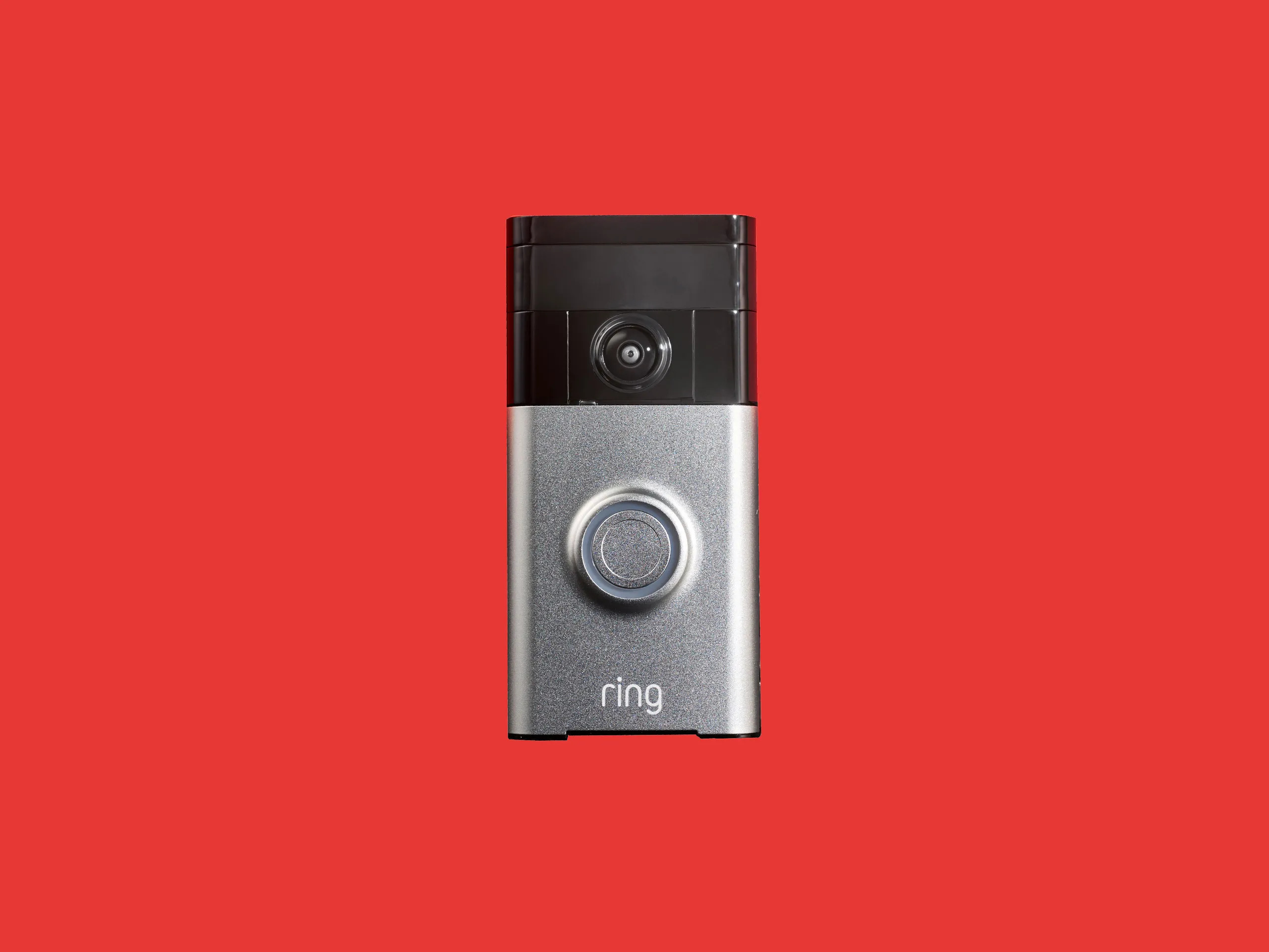
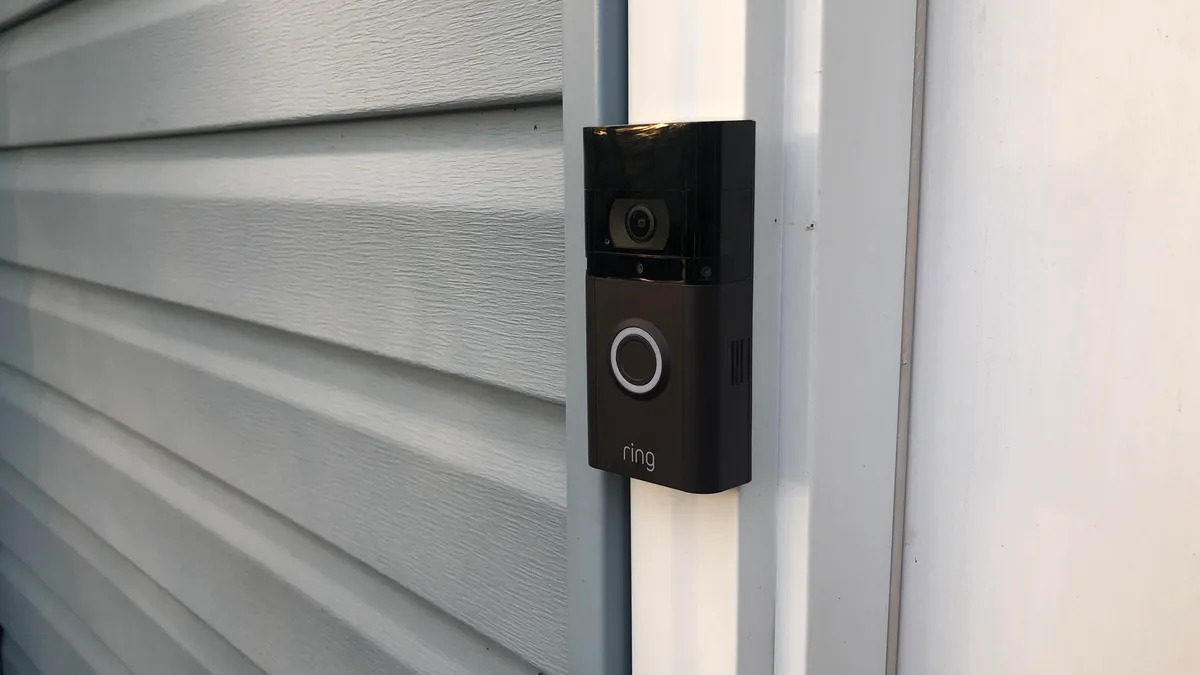

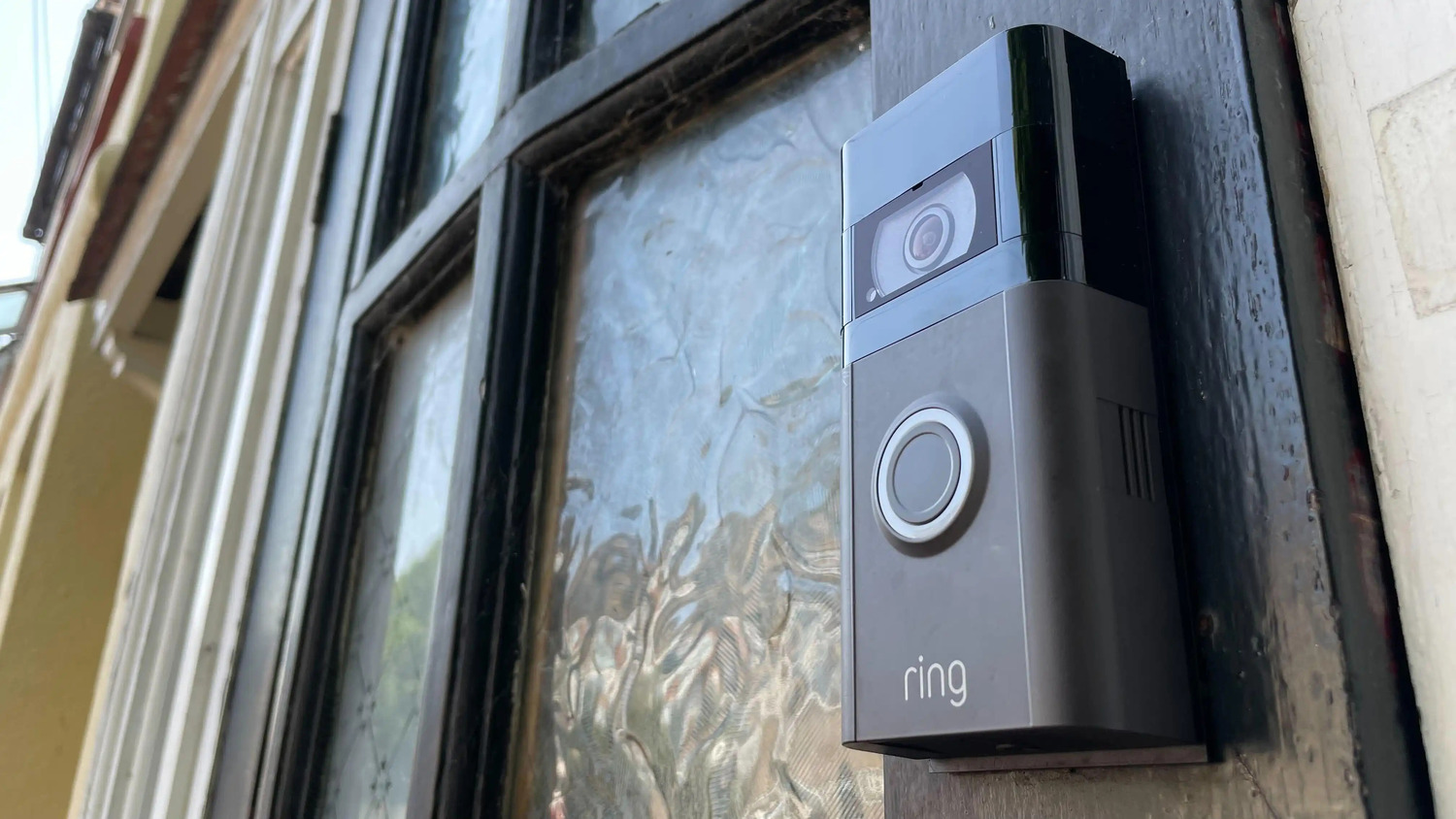
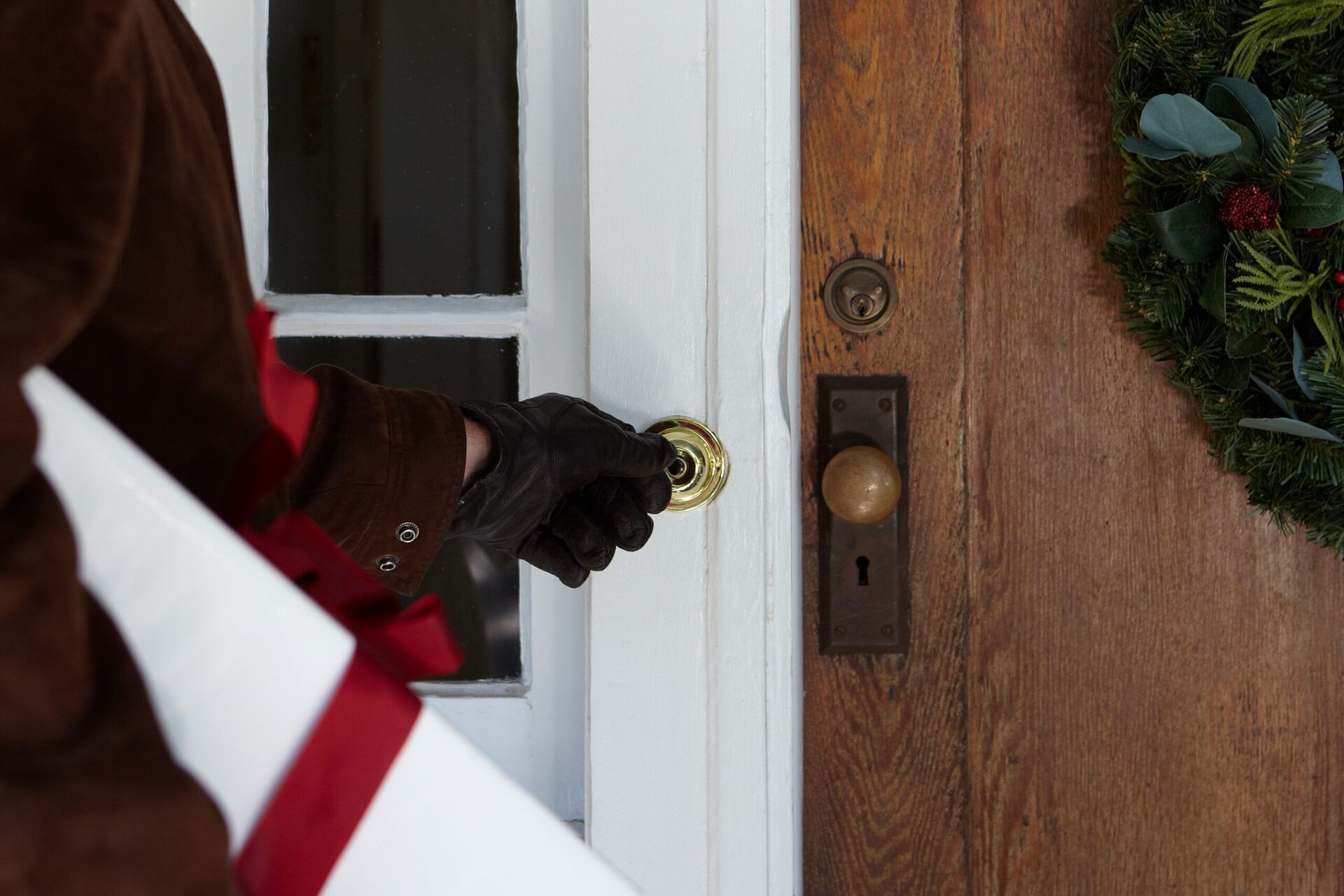
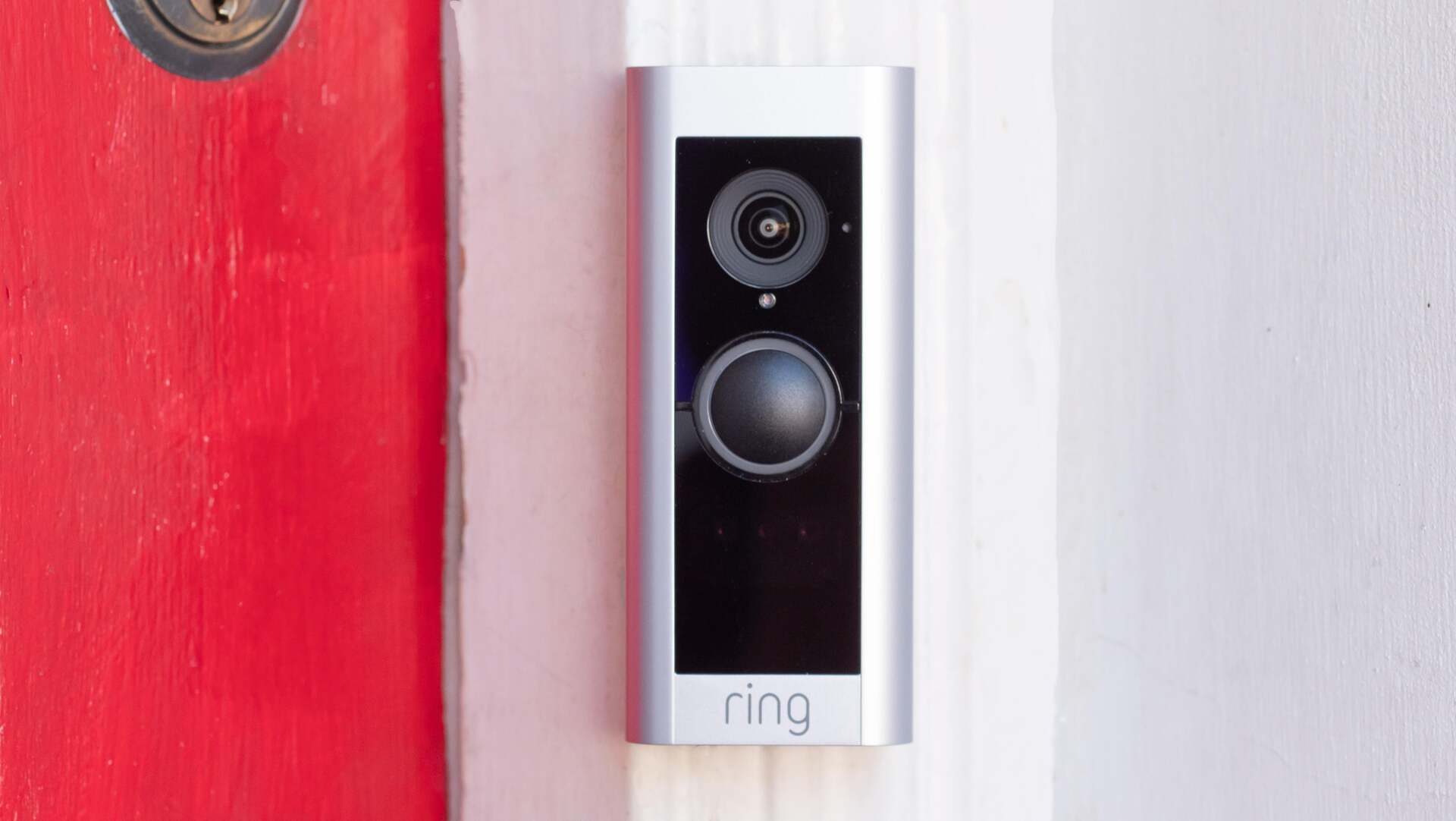
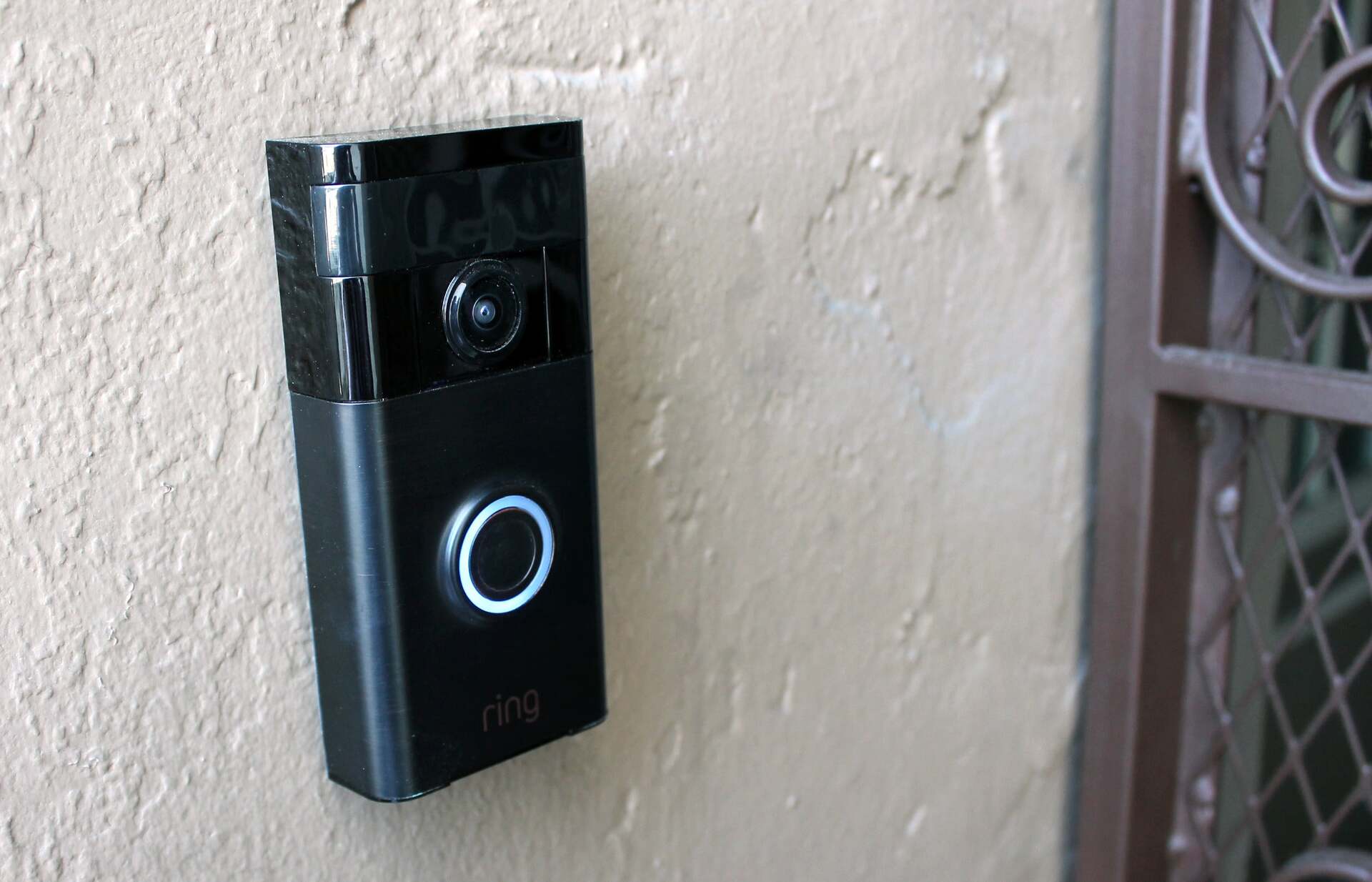
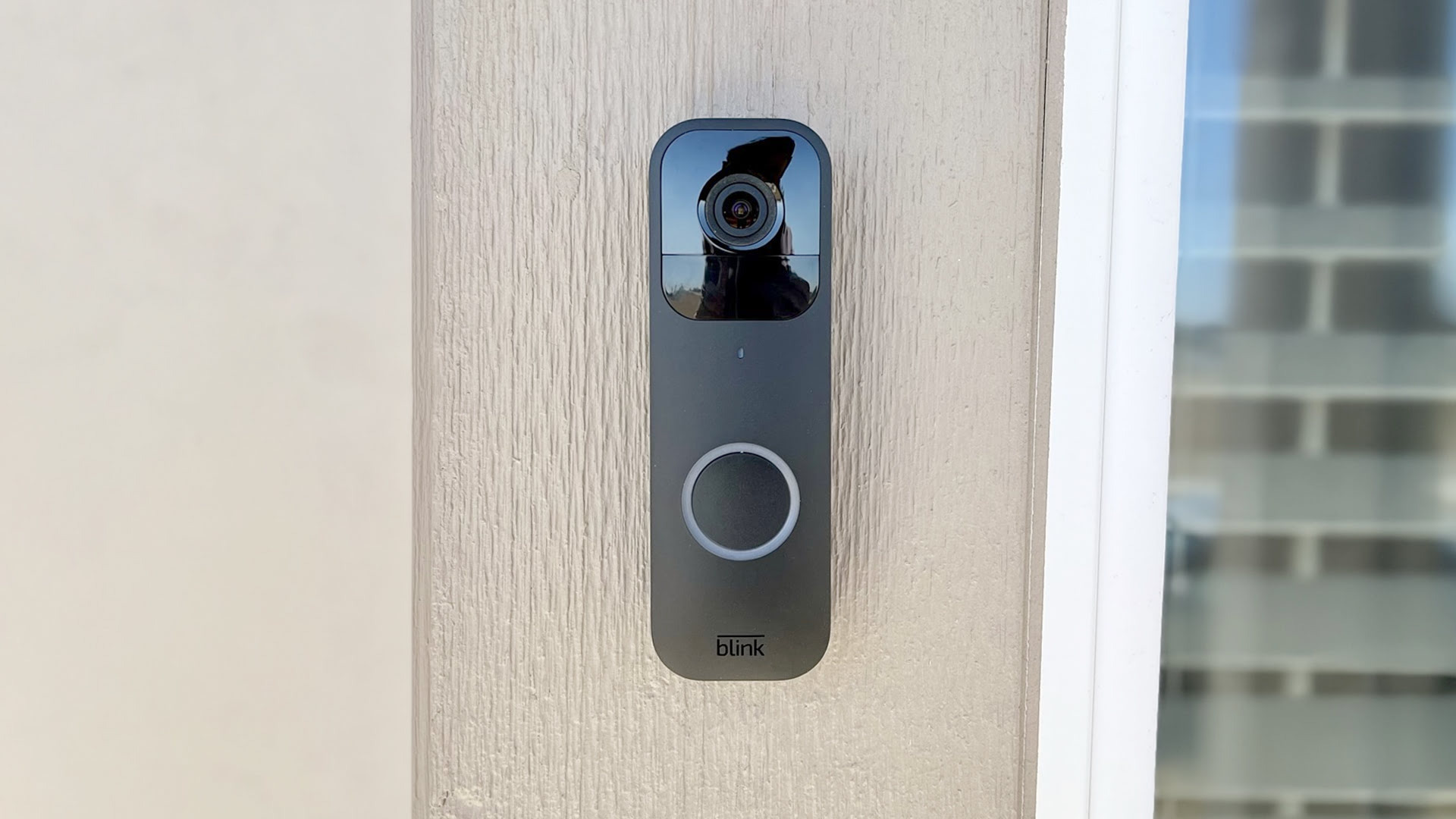
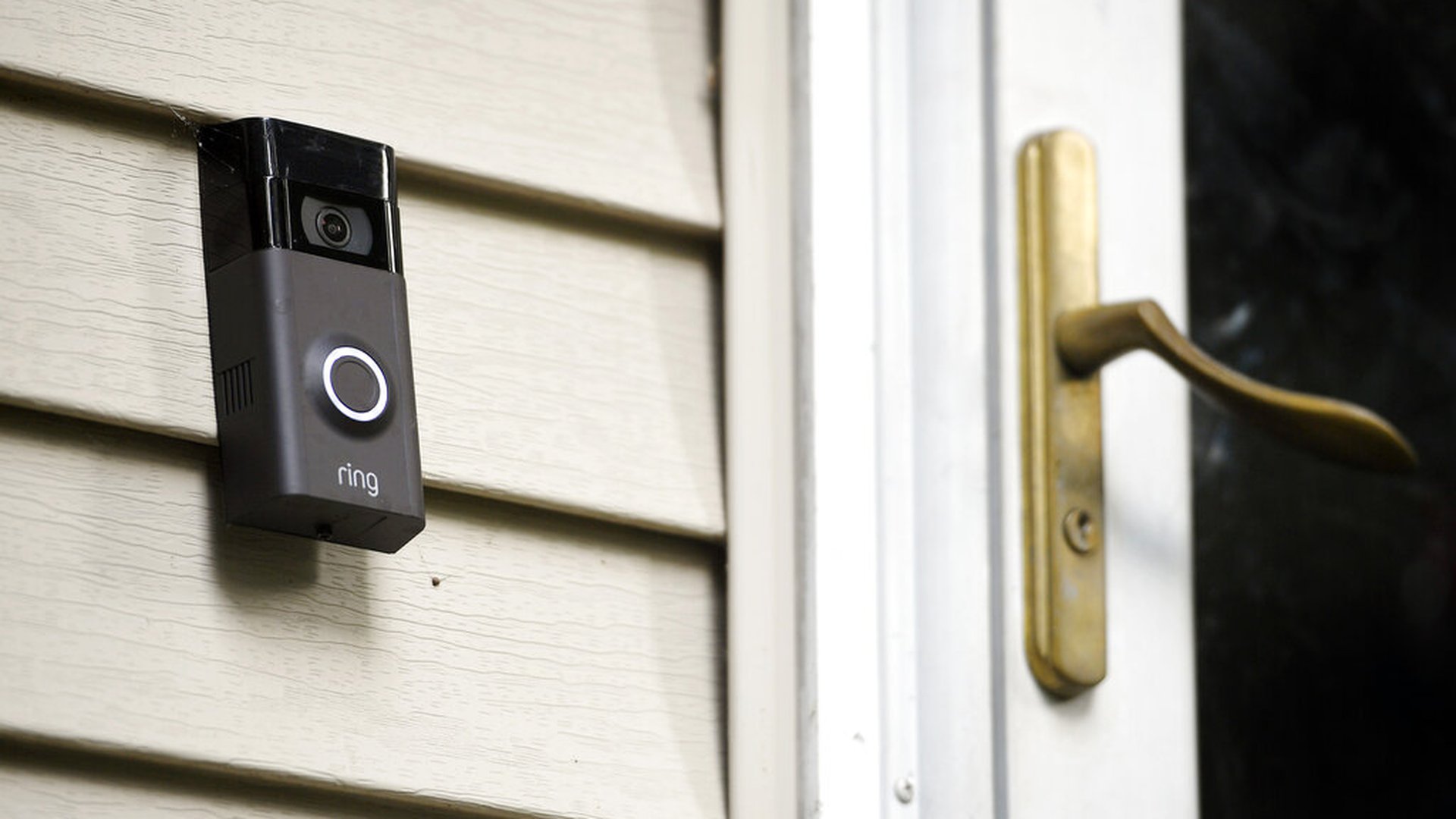
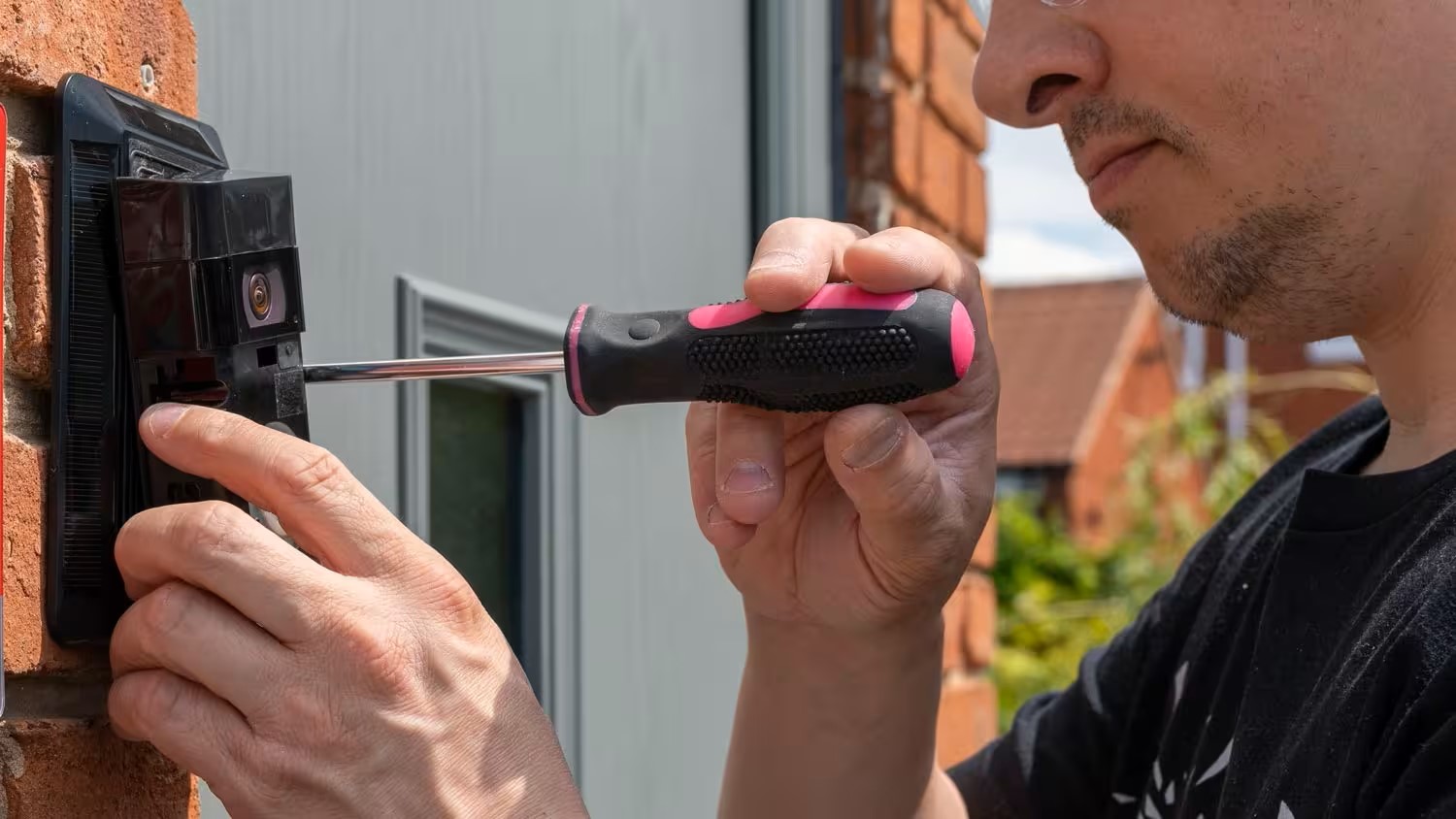
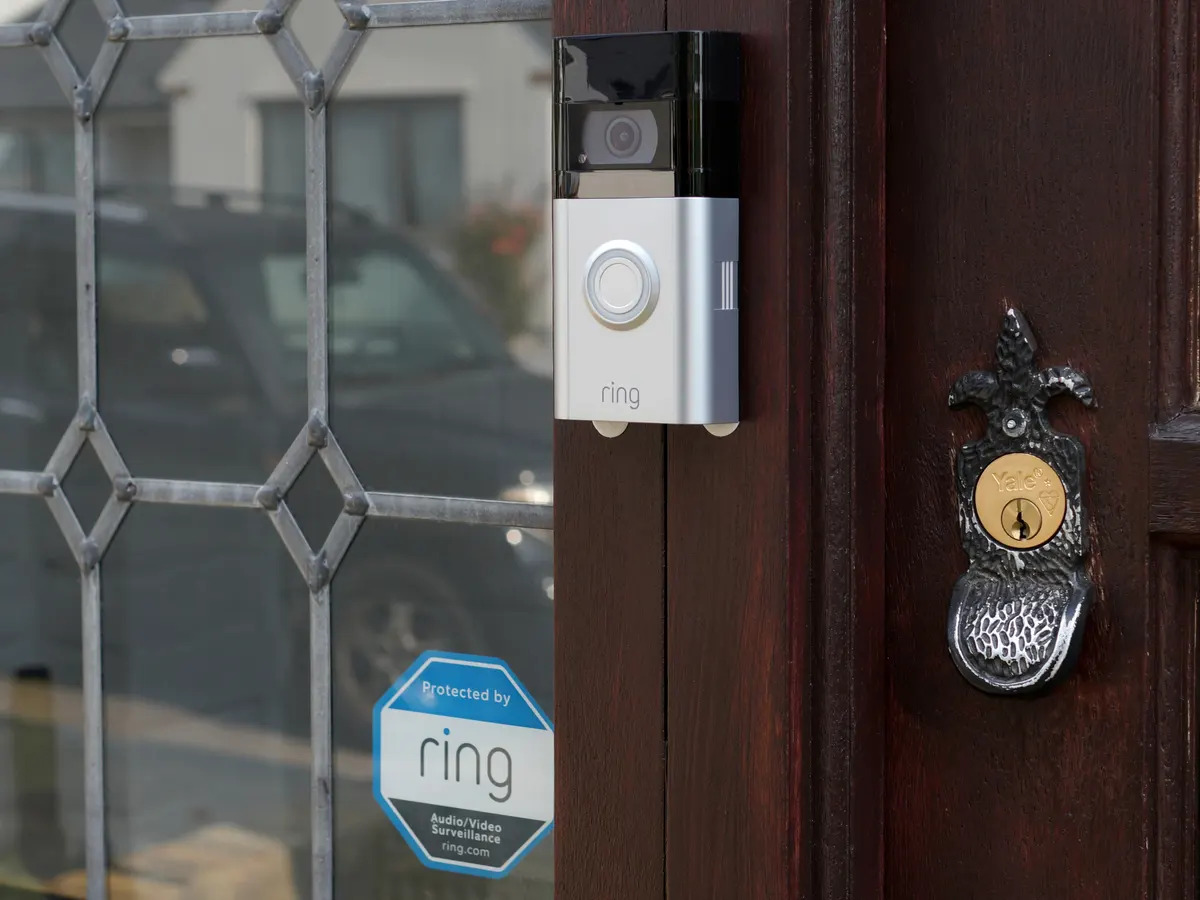
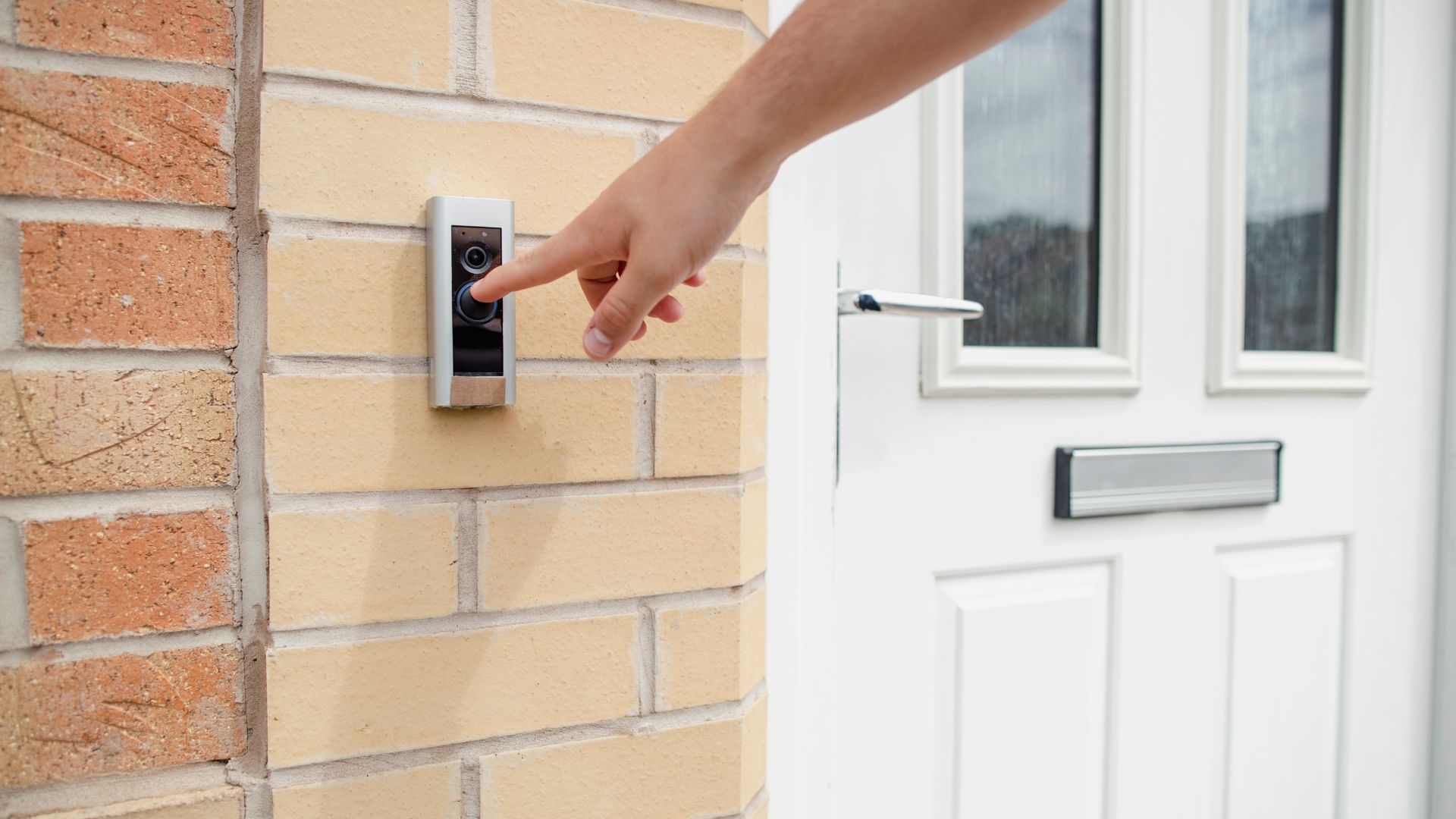
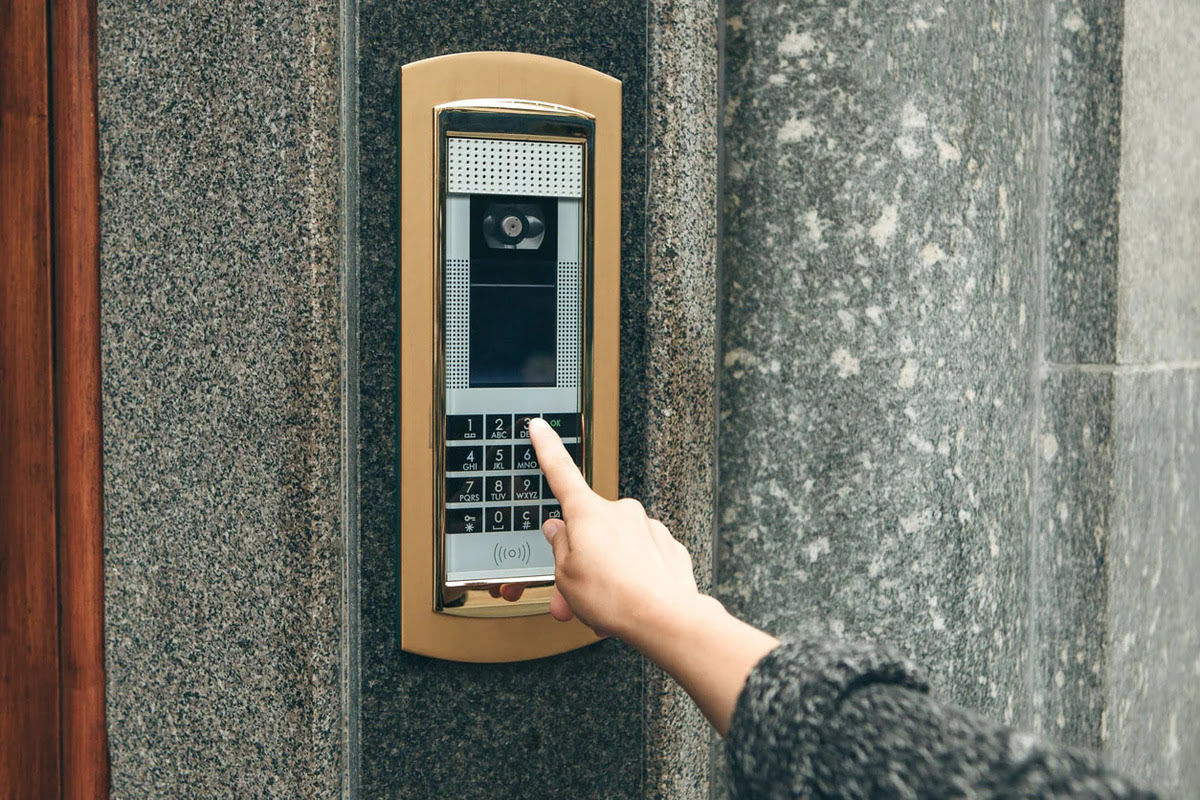

0 thoughts on “How Does The Ring Doorbell Work”